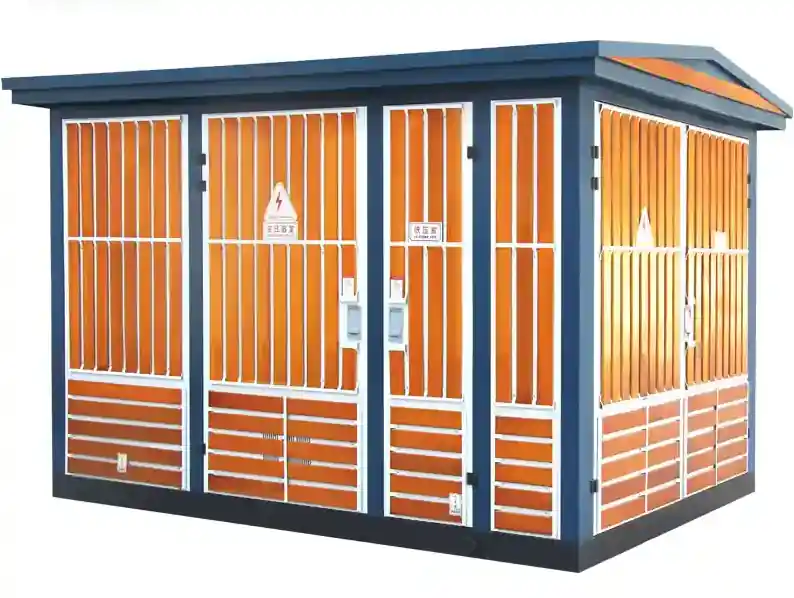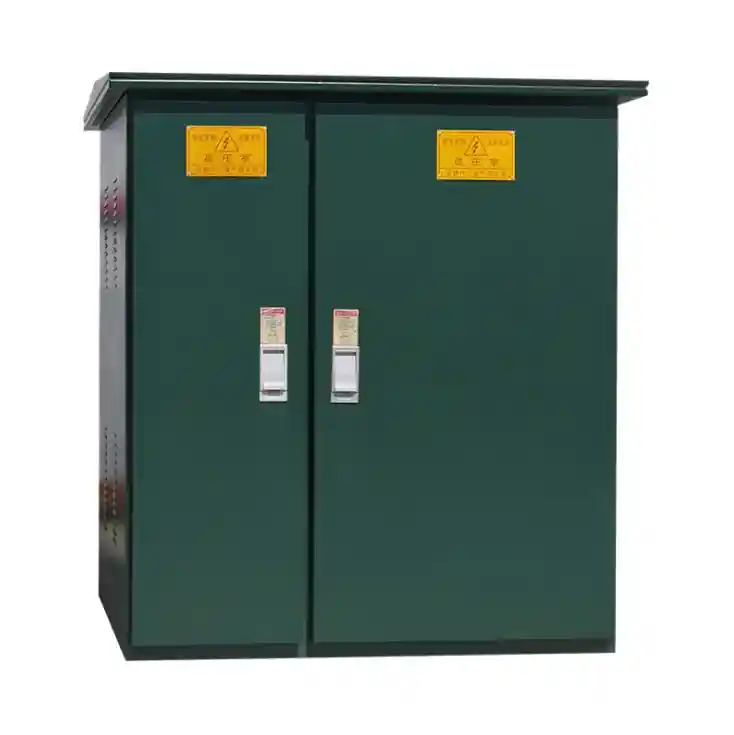
Kernkonzept erklärt
A Umspannwerk ist ein Teil eines Stromerzeugungs-, -übertragungs- und -verteilungssystems, das die Spannung von hoch auf niedrig oder umgekehrt umwandelt. Transformatoren. A Transformator ist ein statisches elektrisches Gerät, das elektrische Energie zwischen zwei oder mehreren Stromkreisen durch elektromagnetische Induktion überträgt.
Umspannwerke können klassifiziert werden als:
- Umspannwerke (Hochspannungs-Verbindung)
- Umspannwerke (Spannungsabsenkung für Verbraucher)
- Umspannwerke (für das Routing des Leistungsflusses)
Die Transformatoren in diesen Umspannwerken werden nach folgenden Kriterien eingeteilt:
- Nennleistung (kVA oder MVA)
- Art der Isolierung (in Öl getaucht, trockener Typ)
- Phase (einphasig oder dreiphasig)
- Das Kühlsystem (ONAN, ONAF, usw.)
Anwendungen in Industrie und Infrastruktur
- Städtische und ländliche Verteilungsnetze
- Industrielle Fertigungszonen
- Integration erneuerbarer Energien (z. B. Solarparks, Windparks)
- Gewerbliche Einrichtungen und Einkaufszentren
- Kritische Infrastrukturen wie Krankenhäuser und Rechenzentren

Markttrends und Hintergrund
Nach Angaben von IEEMA und neuerdings IEEE-BerichteDie Nachfrage nach kompakten, modularen Umspannwerken und umweltfreundlichen Transformatoren nimmt zu. Der Wandel hin zu intelligente Netze und erneuerbare Energie Integration beschleunigt den Bedarf an effizienter Transformatorentechnik. Die Versorgungsunternehmen investieren auch in Automatisierung, Fernüberwachung und Fehlerisolierungstechnologien.
Technische Daten und Vergleich
| Merkmal | Traditioneller ölgefüllter Transformator | Trocken-Transformator |
|---|---|---|
| Kühlung | Auf Ölbasis | Luft/Erde |
| Sicherheit | Gefahr von Leckagen/Brand | Sicherer in geschlossenen Räumen |
| Wartung | Erfordert regelmäßige Ölkontrollen | Geringere Wartung |
| Anwendungen | Außenbereich, Hochspannung | Innenräume, sensible Bereiche |
Transformatoren werden auch nach Spannung und Leistung eingestuft, z. B. 33/11kV 10MVA, 11kV 1MVA, usw.
Unterschied zu ähnlichen Technologien
Während schaltanlage verwaltet den Schutz und die Kontrolle der Stromkreise, Transformatoren Schwerpunkt auf der Spannungsregelung. Anders als USV-AnlagenTransformatoren können keine Energie speichern, sondern sorgen für eine kontinuierliche Energieumwandlung und -regelung.
Auswahlberatung und Einkaufsführer
Bei der Auswahl eines Transformators oder einer Umspannstation ist Folgendes zu beachten:
- Lastanforderungen (kW oder kVA)
- Eingangs-/Ausgangsspannungspegel
- Platzierung in Innenräumen oder im Freien
- Bedarf an Kühlung und Isolierung
- Einhaltung der lokalen Versorgungsstandards und IEEE/IEC-Normen
Partnerschaften mit zertifizierten Herstellern wie Schneider Elektrisch, ABBund Siemens gewährleistet die Qualitätssicherung und die Unterstützung nach dem Kauf.
Häufig gestellte Fragen (FAQ)
A: Bei ordnungsgemäßer Wartung können Transformatoren je nach Belastung, Umgebung und Nutzungsmuster 25 bis 40 Jahre halten.
A: Obwohl sie in erster Linie für die Verwendung in Innenräumen vorgesehen sind, können speziell gekapselte Trockentransformatoren in Schutzgehäusen auch im Freien installiert werden.
A: Inspektionen sollten jährlich durchgeführt werden, wobei der Zustand von Anlagen mit hoher Beanspruchung monatlich überwacht werden sollte.


